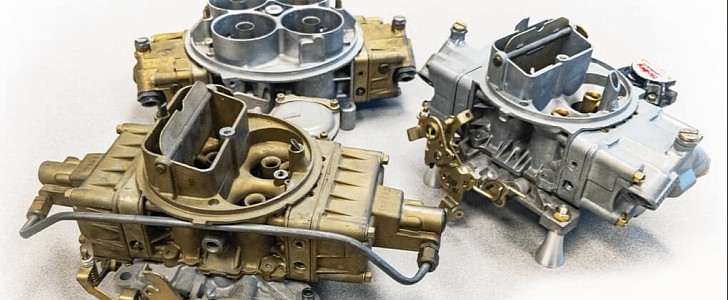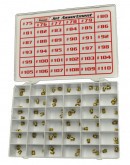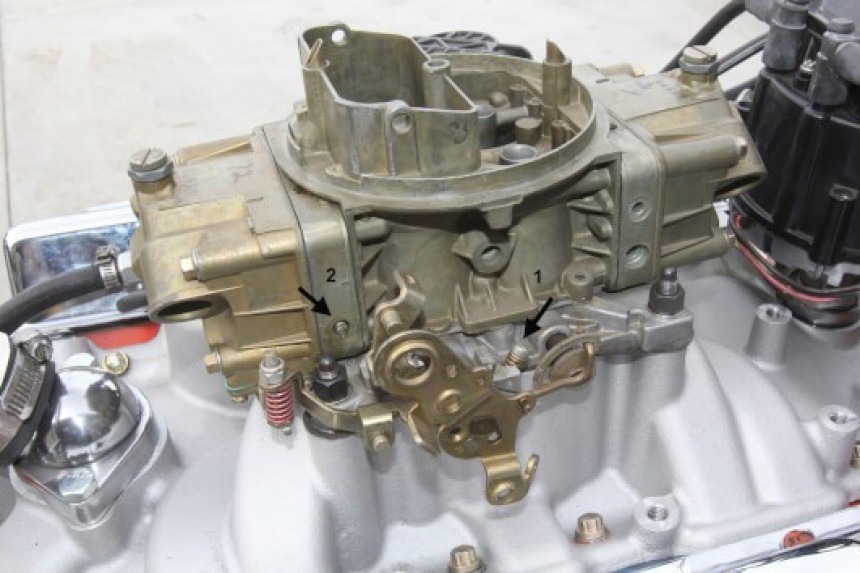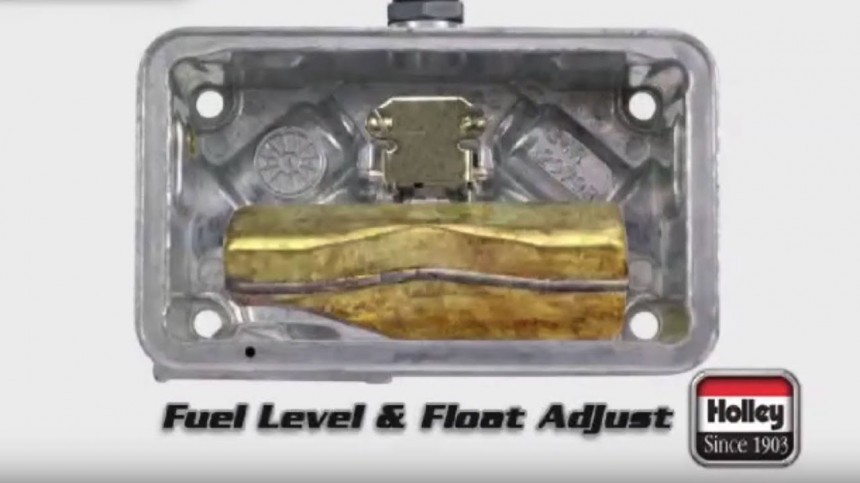Leave your laptop at home, because its time to embrace simplicity and reliability in our ever-connected world. Still the mainstay in the developing world, there are countless advantages offered by new models arriving this year.
As we enter 2022, the world is growing exponentially more complex. If you literally want to unplug from your daily grind, we have the ultimate analog solution to our digital world. Modern fuel injection runs perfectly right up until it doesn’t. Every electronic device has the potential to leave you stranded, so let’s breakdown the myths surrounding fuel delivery without a computer.
Everything else being equal, a carburetor will always make more power than EFI. The reasons why can be boiled down to information. Every time information changes state there is a delay in formulating a response. Your car needs a mass air flow meter, manifold sensor, oxygen sensor and throttle position in order for the computer to determine how much fuel the engine needs.
A perfect analogy is a choir, with each member contributing their part to create the perfect sound. A fuel injected song can be ruined by one person (a single sensor). Owners of early EFI cars are left walking when a certain electronic part is no longer available. This has struck down entire groups of owners, just ask Dodge/Chrysler/Mitsubishi owners about crank sensors, or GM’s “Optispark” dumpster fire from 1992.
On the other hand, modern carburetors make use of the same compartmentalized approach, but the music doesn’t stop if one singer misses a note. Holley and Edelbrock have both perfected their designs, and the aftermarket continues to offer kits to run them on late-model LS engines. Instead of sensors, they operate solely on the engine’s vacuum produced when the pistons move down the cylinders.
Instead of a computer making an educated guess at how much gas you need, a carburetor gives you the exact fuel your right foot asks for. It does this with a trio of singers instead of a full choir, so it's incredibly easy to learn. At idle, fuel is forced between a needle and a doughnut-shaped hole that remains constant.
On either side of these idle jets, fuel is held in small bowls containing floats, which work in the same way a toilet does. These floats are connected by rods that keep the level of the gas optimized as it's fed into the intake. As you are cruising, this ingenious system instantly reacts to your inputs based on the lengh of the rods that connect the floats to the carburetor.
For most cars, the idle and primary circuits are all that’s needed. But just like a choir, more voices equals better music. That’s why all modern examples have additional throttle bodies kept in reserve. Putting the pedal to the floor unlocks this 3rd system of extra fuel delivered by secondaries and squirters. They are commanded by an “accelerator pump”. Because the idle, main, and secondary systems are independent, a carbureted car will run (even poorly) long after adversity attacks your EFI system.
Therefore, no matter your age or financial situation, find something carbureted and learn to tune it. Buy the $5 tuning kit for your carburetor and it will include all the control rods, fuel jets, and springs of all sizes to perfect your fuel delivery. Instead of a laptop, your tools will be the sound of the engine and the response felt by the always-reliable butt dyno in the seat of your pants.
What you will only learn here is that wideband oxygen sensors and Air/Fuel ratio gauges aren’t just for injection. Once tuned they are easily maintained with a screwdriver and can of intake cleaner, and it’s a great way to teach someone critical thinking skills along the way. Tell us your best or worst carburetor stories in the comments and stay with us for more automotive insights.
Everything else being equal, a carburetor will always make more power than EFI. The reasons why can be boiled down to information. Every time information changes state there is a delay in formulating a response. Your car needs a mass air flow meter, manifold sensor, oxygen sensor and throttle position in order for the computer to determine how much fuel the engine needs.
A perfect analogy is a choir, with each member contributing their part to create the perfect sound. A fuel injected song can be ruined by one person (a single sensor). Owners of early EFI cars are left walking when a certain electronic part is no longer available. This has struck down entire groups of owners, just ask Dodge/Chrysler/Mitsubishi owners about crank sensors, or GM’s “Optispark” dumpster fire from 1992.
Instead of a computer making an educated guess at how much gas you need, a carburetor gives you the exact fuel your right foot asks for. It does this with a trio of singers instead of a full choir, so it's incredibly easy to learn. At idle, fuel is forced between a needle and a doughnut-shaped hole that remains constant.
On either side of these idle jets, fuel is held in small bowls containing floats, which work in the same way a toilet does. These floats are connected by rods that keep the level of the gas optimized as it's fed into the intake. As you are cruising, this ingenious system instantly reacts to your inputs based on the lengh of the rods that connect the floats to the carburetor.
Therefore, no matter your age or financial situation, find something carbureted and learn to tune it. Buy the $5 tuning kit for your carburetor and it will include all the control rods, fuel jets, and springs of all sizes to perfect your fuel delivery. Instead of a laptop, your tools will be the sound of the engine and the response felt by the always-reliable butt dyno in the seat of your pants.
What you will only learn here is that wideband oxygen sensors and Air/Fuel ratio gauges aren’t just for injection. Once tuned they are easily maintained with a screwdriver and can of intake cleaner, and it’s a great way to teach someone critical thinking skills along the way. Tell us your best or worst carburetor stories in the comments and stay with us for more automotive insights.








